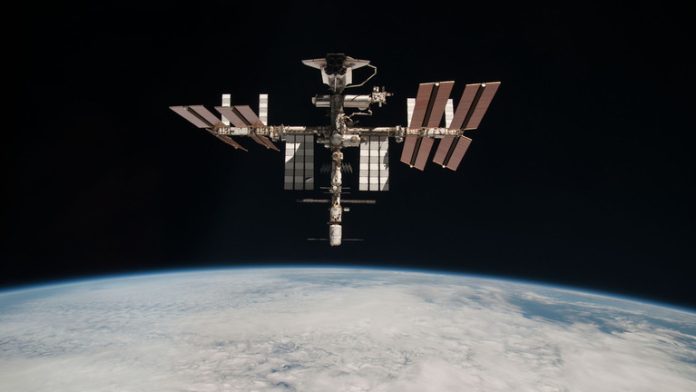|
Lazy eyes listen
|
NewsRescue
The National Space Agency (SANSA) of South Africa aims to send two female astronauts to the International Space Station (ISS), according to its executive director, Humbulani Mudau, in an interview published on Sunday.
The women’s space expedition will take place in the “next few years,” Mudau told the head of Russia’s space firm Roscosmos, Yuri Borisov, according to the news agency RIA Novosti.
In 2022, Sara Sabry became the first Egyptian and the first African woman to travel into space. In April 2002, entrepreneur and philanthropist Mark Richard Shuttleworth became the first South African man to travel to space as a tourist aboard the Russian spacecraft Soyuz TM-34.
Roscosmos has participated in joint space missions with a number of states, including the United Arab Emirates, allowing the first Emirati astronaut, Hazza Ali Almansoori, to travel to the International Space Station in 2019. A Russian cosmonaut and a NASA astronaut took part in the voyage aboard a Soviet Soyuz rocket.
In March 2024, a female Belarusian cosmonaut will also fly onboard the Russian spacecraft Soyuz MS-25.
Last month, Roscosmos revealed plans to extend its space collaborations with African countries. According to its director, an agreement will be inked with a number of African states at this week’s Russia-Africa conference in St. Petersburg.
A Moscow delegation visited Cairo in June and met with Sherif Sedky, the head of the Egyptian Space Agency, to discuss space cooperation ideas such as satellite production and launches, manned program development, and surface space infrastructure.
Since President Vladimir Putin and his former colleague Thabo Mbeki signed an agreement in 2006, Russia and South Africa have had a space development initiative to allow collaboration for the launch of locally built satellites in Pretoria.
SANSA announced a bilateral deal with Roscosmos in 2021 to build a PanEOS antenna facility, a Russian project aiming to detect space debris in near-Earth orbits automatically.





